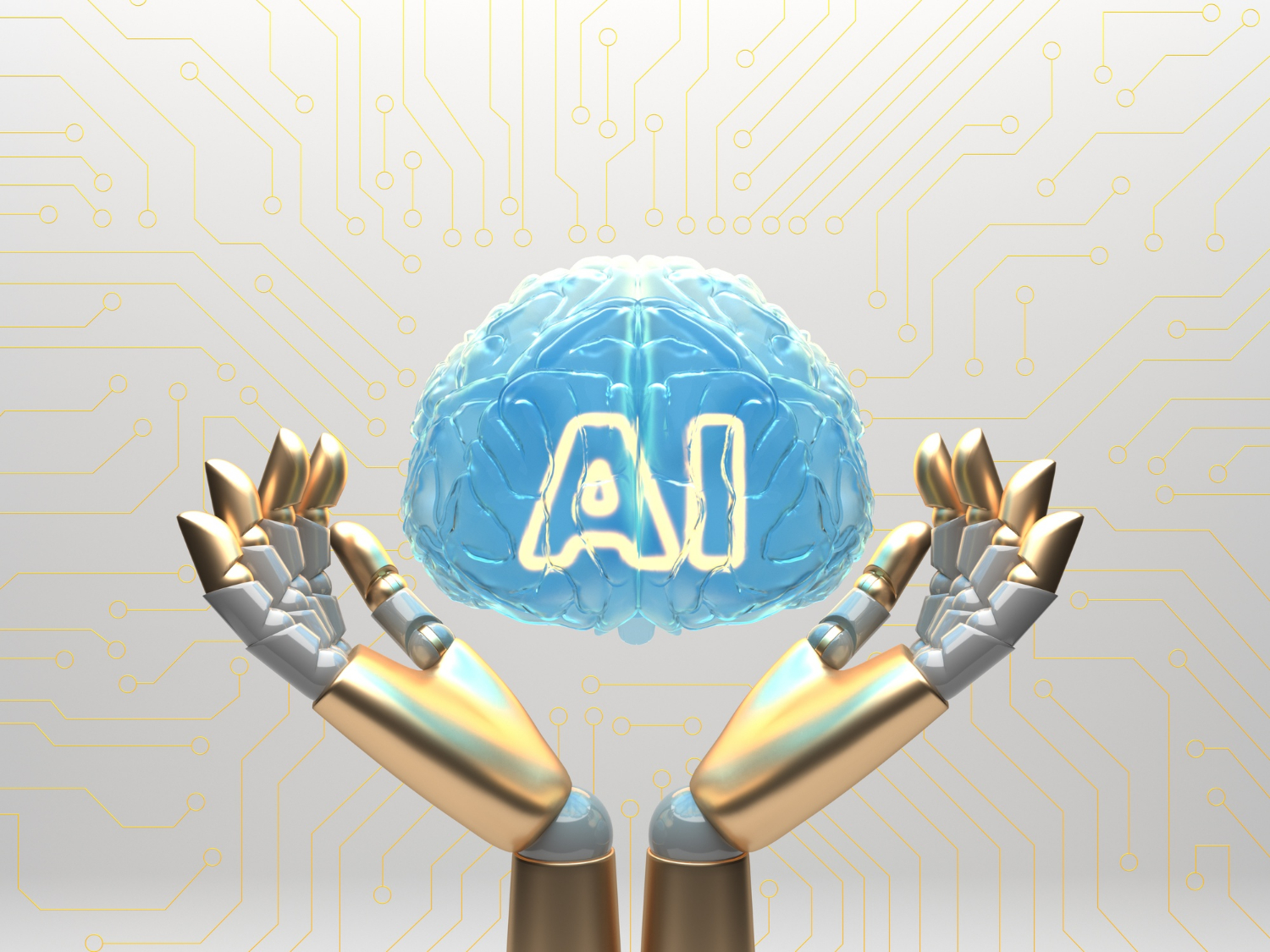Artificial Intelligence (AI) has transformed industries across the globe, revolutionizing the way we work and interact with technology. While premium AI tools and software dominate the market, there is a wealth of effective free alternatives. In this blog article, we’ll look in-depth at free AI tools and software, revealing the greatest solutions for boosting your AI projects. From data analysis and machine learning to natural language processing and computer vision, these tools offer immense value without burning a hole in your pocket.
The Benefits of Embracing Free AI Tools
In this section, we will look at the multiple benefits of using free AI tools, such as their cost-effectiveness, accessibility, and ability to experiment with AI without financial limits. We will clarify common myths about free tools and discuss potential restrictions.
Best Free AI Tools for Data Analysis and Visualization: Unleashing the Potential
Data analysis and visualization are essential for deriving insights from massive amounts of data. We will delve into the world of free products such as Google Data Studio, Tableau Public, and Power BI, which provide user-friendly interfaces and comprehensive functionality for data analysis and visualization, and extensive functionalities for successfully analyzing and visualizing data.
Empowering Artificial Intelligence: Top Free AI Tools for Machine Learning and Analytics with Predictive Analytics
Machine Learning (ML) forms the backbone of AI, enabling predictive analytics and intelligent decision-making. We’ll explore in-depth free tools like Scikit-learn, TensorFlow, and Keras, which provide extensive ML frameworks for applications like regression, classification, and clustering.
Understanding Language: Free Artificial Intelligence Tools for the Processing of Natural Language
Natural Language Processing (NLP) tools empower machines to comprehend and analyze human language. We will explore free options such as NLTK (Natural Language Toolkit), spaCy, and Gensim, which offer a wide range of NLP capabilities, including tokenization, sentiment analysis, and named entity recognition.
Seeing the Unseen: The Best Free AI Tools for Image Recognition and Computer Vision
Image recognition and computer vision have several applications in industries such as healthcare, e-commerce, and security.
We will discuss free tools such as TensorFlow, OpenCV, and Microsoft Cognitive Services, which provide robust capabilities for image classification, object detection, and facial recognition.
Technology Conversations: Free AI Tools for Chatbots and Virtual Assistants
Chatbots and virtual assistants have grown in popularity because of their capacity to improve customer service and automate chores. We’ll look at free technologies like Dialogflow, Rasa, and IBM Watson Assistant that give natural language processing and dialog management capabilities, allowing you to create intelligent chatbots and virtual assistant solutions effortlessly.
FAQs:
A1: While free AI tools have some limits when compared to premium alternatives, they nonetheless provide powerful capabilities that can greatly contribute to your AI projects.
Q2: Are free AI technologies appropriate for business use?
A2: The permits for commercial use may differ depending on the tool. Some free AI tools allow commercial usage, while others have restrictions or offer paid versions for commercial purposes. Consider criteria such as the tool’s reputation, user reviews, community support, and regular updates from developers when choosing free AI tools. These variables will assist you in determining the quality and dependability of the tools you select.
Q4: Does free AI software have any limitations?
A4: When compared to their premium counterparts, free AI solutions may have limits in terms of capabilities, data capacity, or scalability. It’s crucial to assess these limitations and determine if they align with your project requirements.
Q5: Where can I get resources to learn about and get help with free AI tools?
A5: Many free AI systems include documentation, tutorials, forums, and active user communities that are useful for learning and troubleshooting. Make use of these resources to enhance your understanding and receive support when needed.
Q6:Can I use free AI tools in conjunction with my existing software and systems?
A6: Many free AI products include integrations or APIs that allow for smooth integration with other software and systems. Check its documentation or developer resources before selecting a tool to verify compliance with your specific requirements.
Q7:How should I go about selecting the best free AI tool for my project?
A7: Consider your project requirements, the tool’s functionality, ease of use, community support, and user reviews before choosing a free AI tool. Trying out different tools and assessing their alignment with your needs is beneficial.
Q8: Are free AI tools useful for learners with not any previous AI experience?
A8: Yes, many free AI programs are targeted at beginners and include resources such as tutorials, sample projects, and documentation to help users get started. These tools are an excellent approach for beginners to learn about artificial intelligence and obtain hands-on experience.
Q9: Can you provide me with any instances of successful applications created using free AI tools?
A9: Using free AI technologies, various successful applications have been created. For instance, chatbot platforms like Chatfuel and virtual assistants like Mycroft AI have been built using free tools and frameworks. These examples highlight the potential of free AI tools in creating innovative solutions.
Q10:Is there any restriction on the use or redistribution of models developed with free AI tools?
A10: Model usage and redistribution restrictions differ depending on the tool and accompanying licenses. Some free AI tools may have limitations, while others are completely free. To ensure compliance, it is critical to review the terms and conditions of each instrument.
Conclusion:
The availability of free AI tools and software has increased accessibility in the area of artificial intelligence, allowing individuals and enterprises to harness its power without suffering financial costs. These technologies provide vital capabilities and functions across a wide range of applications, from data analysis to machine learning, natural language processing, and computer vision.

